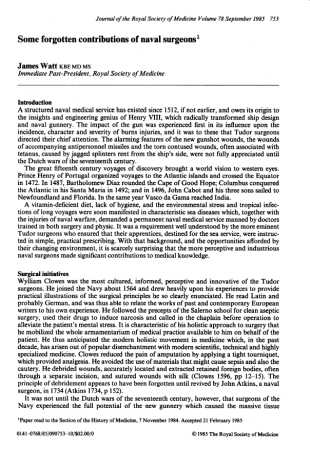
From Retinue to Regiment 1453-1618

The period 1453 to 1618 connects the High Medieval Period to the Early Modern Era. Commonly known as the Renaissance, it saw technological advances and significant social and cultural change. Catholic dominance was challenged by the rise of the new Protestant religions, and Western Europe was itself challenged by the rise of the Ottoman Empire. The New World was discovered, and greater links with the East were created. This period saw the fall of Constantinople to the Turks and the last major battle of the Hundred Years War, both in 1453. The use of gunpowder and artillery played an ever-increasing role in war, and this was coupled with the rise of the professional soldier. The condotierri, landsknecht and janissary were all to march across the battlefields of Europe and beyond.
Army organization also changed. The mid-to-late 15th Century still saw armies based around the lance fournie or retinue of the High Medieval Era, formations based around a lord and his immediate men-at-arms and other supporters. By the mid-16th Century, Italian officers were fielding their troops in formations known as battagliones, and by the end of the century, the French term régiment was in common usage. From Retinue to Regiment 1453-1618 will examine this period in a broad sweep. It will examine the wars and battles through narrative, as well as looking at the equipment, clothing and logistics involved.
Read More About the Series!
Richard III & the Battle of Bosworth

This is the story of two very different men, Richard III, the last Plantagenet King of England, and Henry Tudor, and how they met in battle on 22 August 1485 at Bosworth Field.
The Battle of Bosworth, along with Hastings and Naseby, is one of the most important battles in English history, and on the death of Richard, ushered in the age of the Tudors. This book, using contemporary sources, examines their early lives, the many plots against Richard, and the involvement of Henry's mother, Margaret Beaufort. It also offers a new explanation for Richard's execution of William Hastings. Despite recent portrayals as the archetypal fence-sitters, the book also shows that the powerful Stanley family had a long-standing feud with Richard, and were not only complicit in the plots against him in the months before the battle, but probably laid the trap that ultimately led to his death on the battlefield.
It shows that the events that climaxed at Bosworth were made possible by the intrigues of King Louis XI of France, and shows that it was not just the fate of England that was at stake but that of France itself. King Louis' taste for intrigue and double-dealing had earned him the nicknames "the Cunning" and "the Universal Spider." The book details how he spun webs of plots and conspiracies first against Edward IV, then Richard III, destabilized England and created a platform for Henry's invasion. Policies that were continued by his daughter, Anne de Beaujeu after Louis death.
This was also a time of revolution in warfare, so the book examines English and European way of war at the time and how it affected the outcome at Bosworth. Then using the latest archaeology and contemporary sources, it reconstructs the last hours of Richard III, where the battle took place, and how the battle unfolded using step-by-step maps, and includes an order of battle for the day. It finally looks at the aftermath of the battle and how Yorkist resistance to the new regime continued into the reign of Henry VIII.
Paperback
248mm x 180mm
294 pages








